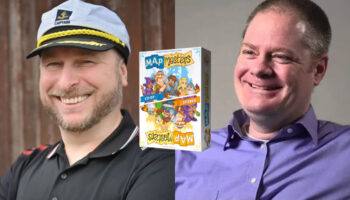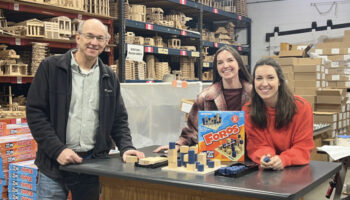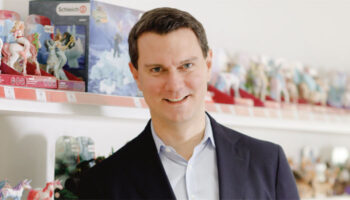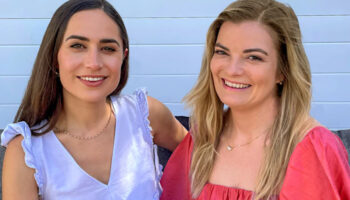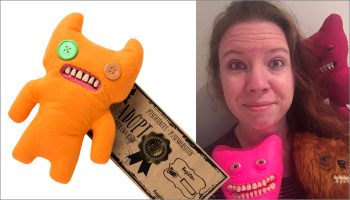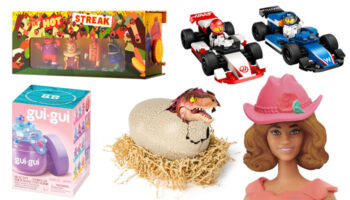Stefan and Susanne Feld on developing a child-friendly version of The Castles of Burgundy with The Sandcastles of Burgundy
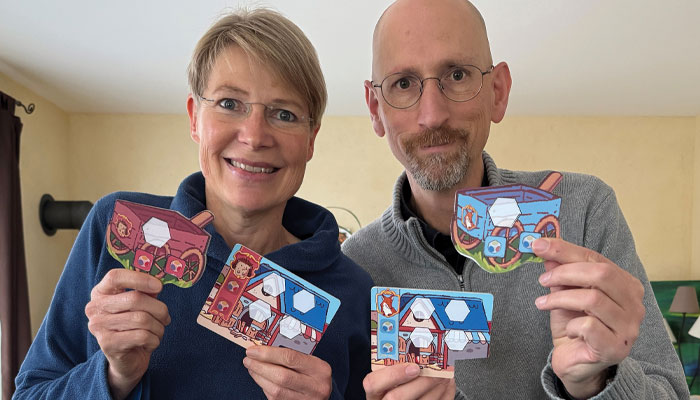
The Castles of Burgundy… Great game! When that launched in 2011, did you feel it had the potential to spawn a series?
Stefan Feld: Back in 2011, we couldn’t predict how successful The Castles of Burgundy would be. However, even back then it was exceptionally well received by test groups. We realised – relatively quickly – that we could make a whole family of games out of the basic idea… Since then, we created Burgundy the dice game, Burgundy the card game, The Castles of Tuscany and, of course, many expansions.
And joining them is The Sandcastles of Burgundy. How would you pitch it?
Susanne Feld: The Sandcastles of Burgundy offers children as young as six-years-old the opportunity to experience the world of Castles of Burgundy. In its simplest version, children are first introduced to the basic elements of the game. With additional game elements, the difficulty can be increased – and the game becomes more tactical. There’s a lot of interaction between the players.
I imagine it’s easier to add complexity to a game than strip things back… How did you approach designing this for younger players while retaining the original’s essence?
Stefan: We’ve retained the core elements of The Castles of Burgundy. First, of course, the use of dice. Instead of numbered dice, we used dice with different colour faces. As with its big sister, you take tiles from a common display which you then place in your own village. We combined the whole thing with memory elements. Children are particularly good at that.

They are indeed. You designed this game together. How did the collaboration work?
Susanne: The Castles of Burgundy is one of my absolute favourite games. When I heard that Stefan was going to develop a children’s version, I was thrilled! Just the title – The Sandcastles of Burgundy – put a smile on my face. Then, as a primary school teacher, I had a good idea of what children that age could do and what they like. In my opinion, Stefan’s first draft was too complex for five-year-olds… So we sat down together and started to simplify. By the end, we’d created a basic version that captured the original’s core elements.
Stefan: Susanne has always been my most critical tester – and many of my games are only so good because we spent many hours at home playing the prototypes together.
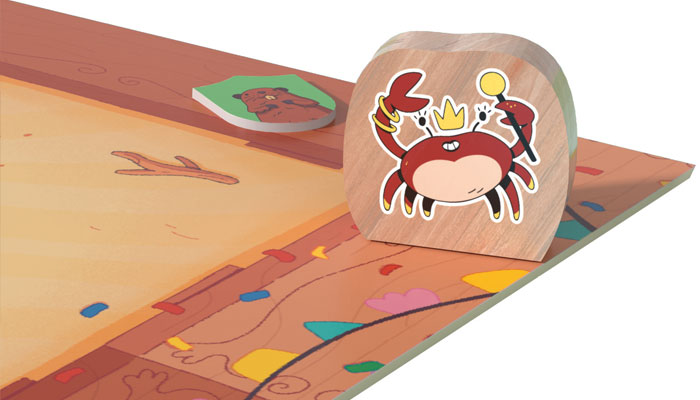
Susanne, you mention the first version being too complex… This version remains full of interesting player decisions. How did you approach crafting a game that doesn’t ‘talk down’ to kids?
Susanne: We think the most important thing is that children enjoy the game. If a game is too easy, it quickly becomes boring. Of course, it’s great to see children develop their social skills and learn how to deal with emotions. In any case, a game doesn’t have to be too easy… The children should be challenged.
One last question! What fuels your creativity?
Stefan: We’re often asked how we come up with game ideas – the answer to this is not easy! Sometimes an idea comes to you and you can turn it directly into a game. Sometimes we sit at our desks, think about new mechanics and it takes time to come up with a good result.
–
To stay in the loop with the latest news, interviews and features from the world of toy and game design, sign up to our weekly newsletter here





